YouTube has become an essential platform for video content across every imaginable topic, from education and tutorials to music and entertainment. However, as user-driven as it is, the platform frequently sees videos being removed — either by their creators, due to copyright claims, or because of violations of community guidelines. What happens if a video you bookmarked for later suddenly disappears? Thankfully, even if a video has been taken down, it doesn’t always mean it’s lost forever.
In this detailed guide, we’ll explore three legitimate and effective methods for viewing deleted YouTube videos. Whether you’re doing research, trying to retrieve a piece of nostalgia, or simply curious, these strategies will help you recover lost content — or at least gain some insight into what was removed.
Method 1: Use the Wayback Machine
All Heading
The Wayback Machine, a service by the Internet Archive, is a digital archive of the World Wide Web. It regularly snapshots websites, including YouTube, and stores copies of them at various points in time. Here’s how to use it effectively:
- Find the URL of the Deleted Video
Even if the video is deleted, you may have still retained the URL from your browser history, favorites, message threads, or playlists. The URL usually looks something like this: https://www.youtube.com/watch?v=XXXXXXXXXXX. - Visit the Wayback Machine
Go to https://archive.org/web/ and paste the video URL in the search bar. Click “Browse History.” - Check for Archived Versions
If the Wayback Machine had crawled that particular YouTube URL before it was deleted, it will show several snapshots, represented on a calendar. Click on any date available to see a stored version of the page. - Watch or Retrieve Information
Keep in mind that video playback might not always work, especially for newer deletions. However, you may still find the video’s title, description, comments, and thumbnail, which can be useful for further searches.
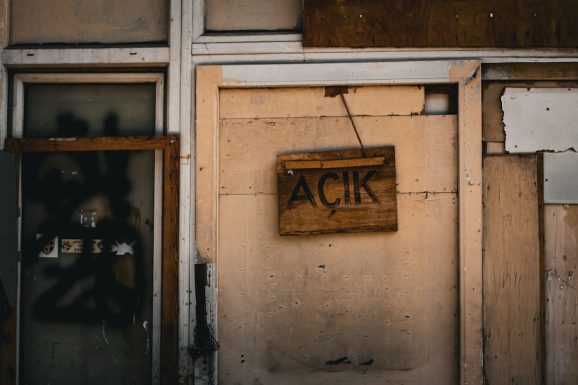
Important Note: Videos not archived before deletion will not appear in the Wayback Machine. It’s a helpful tool but not guaranteed to work every time.
Method 2: Search for Video Reuploads or Mirrors
If a popular video is removed, someone may have downloaded and reuploaded it to another channel or platform. The internet rarely forgets, and there’s a high chance that someone thought ahead. To locate mirrors or reuploads:
- Find the Original Title
If you don’t remember the exact title, try looking into your browser history or a playlist that once contained it. The Wayback Machine (see above) may also help retrieve the title. - Search on YouTube
Input the exact or partial title into the YouTube search bar. Add keywords like “reupload” or “mirror” to increase your chance of finding duplicates. For example: “funny cat jumping fails reupload.” - Expand Search Beyond YouTube
Try video hosting alternatives like Dailymotion, Vimeo, or peer-to-peer platforms. Paste the original URL or video title into a search engine and scan through the results. - Check Reddit, Forums, and Archives
Many subreddit communities like r/HelpMeFind and r/LostMedia are dedicated to retrieving lost content. Members often assist in tracking down reuploads or backups.
Pro Tip: Use Google’s “reverse image search” to find video versions using thumbnails or screenshots if you still have one saved locally.
Method 3: Check for Backups from Your Own Devices or Cloud Services
Many users today have apps and browser extensions that automatically download or cache online videos. In some cases, you might already have a copy without knowing it. Here’s what to check:
- Look in Downloaded Files
If you’ve ever used a YouTube downloader tool — whether browser-based like 4K Video Downloader or mobile apps — revisit your downloads folder. Also check cloud file sync platforms like Google Drive or Dropbox. - Browse Browser Cache
Some browser extensions store video content within cache memory. Tools like “VideoCacheView” (Windows) or “WebCache” manager can help retrieve items. - Check Old Phones or Backup Drives
If you switched phones or laptops recently, check any old SD cards or external hard drives you might have used during the time you viewed the video. - Ask Friends or Colleagues
If your video was shared at work or in a social setting, ask others whether they happen to have a copy. Group chats, shared folders, or screenshots might prove valuable.

Security Reminder: Make sure that your searches and downloads comply with copyright laws and YouTube’s terms of service. Never distribute copyrighted content without permission.
Why Do YouTube Videos Get Deleted?
Understanding why videos are removed might help you be better prepared in the future:
- User deletion: The creator may choose to remove or hide videos for personal, brand, or artistic reasons.
- Community Guidelines: YouTube removes videos that violate their policies — including harmful content, harassment, or disinformation.
- Copyright Claims: Content flagged for copyright infringement is either demonetized or taken down depending on the situation.
- Account Termination: If a YouTuber’s account is terminated, all their videos are automatically removed as well.
FAQs About Deleted YouTube Videos
Q: Can I report a deleted video if it infringed content?
A: No. Once deleted, it’s removed from public view and cannot be flagged unless someone has mirrored or reuploaded it.
Q: Is it legal to download reuploaded deleted videos?
A: It depends. If the content was originally infringing, downloading it could also be a violation. Always verify the copyright status.
Q: Can YouTube restore deleted videos?
A: If the video was deleted by the user themselves and they still have access to their account, they may be able to reupload it. However, YouTube does not retain deleted videos permanently.
Conclusion
While a deleted YouTube video can be frustrating, it doesn’t always spell the end. Through digital archives like the Wayback Machine, the community effort in forums, and personal data backups, there’s a real possibility of retrieving what was once thought lost. However, always proceed with caution and respect copyright laws and content creator rights.
To avoid future hassles, always consider backing up videos that are important for your study, inspiration, or research. And if you’re a creator, consider setting your content to private instead of deleting it — you never know when you or someone else might want it back.
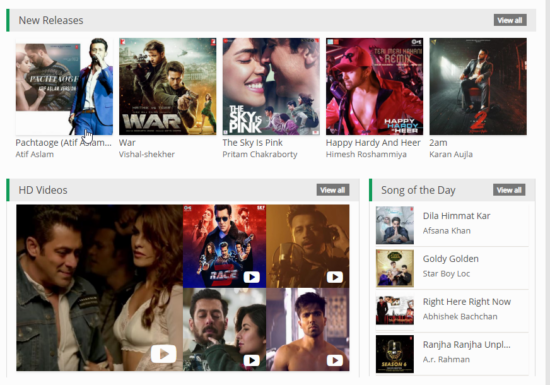

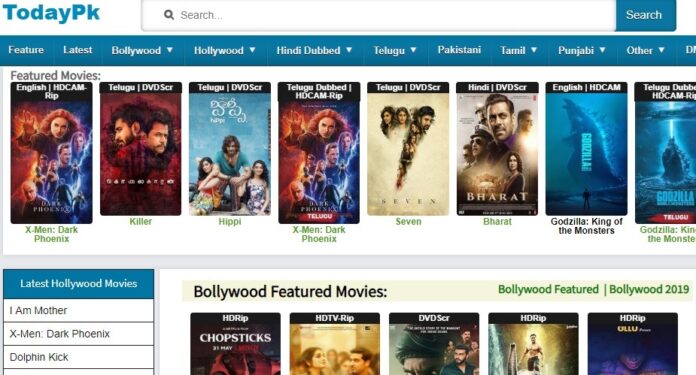
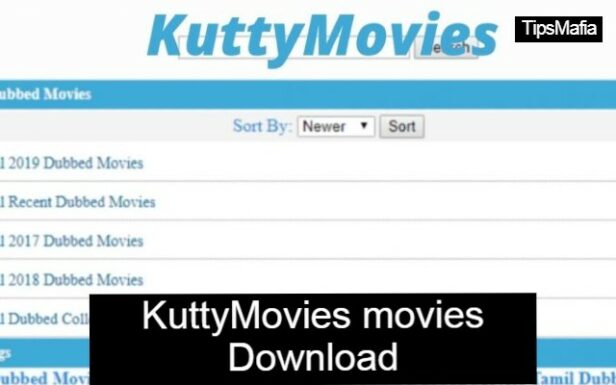




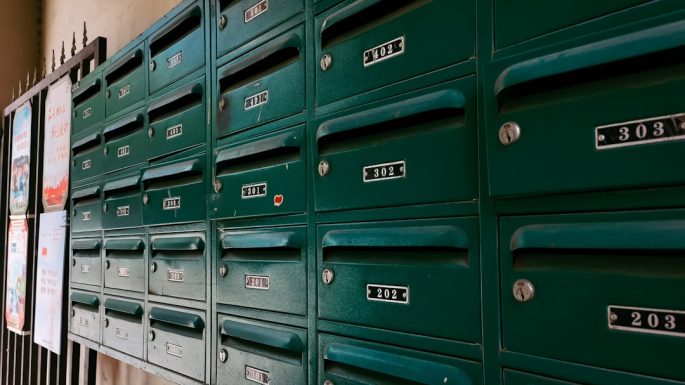
![Uninstall League of Legends on Windows & Mac [Guide] Uninstall League of Legends on Windows & Mac [Guide]](https://tipsmafia.org/wp-content/uploads/2025/05/a-desk-with-two-laptops-and-a-keyboard-on-it-windows-pc-ai-software-local-server.jpg)


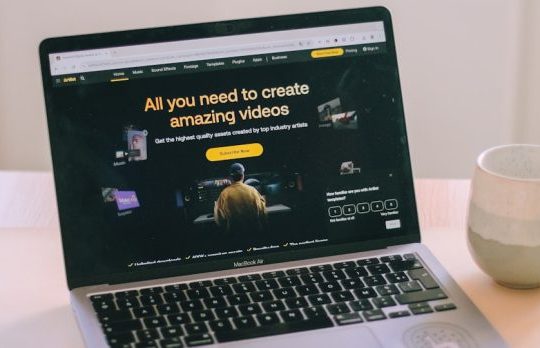
Recent Comments